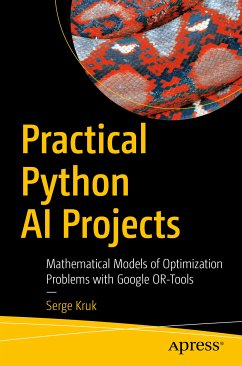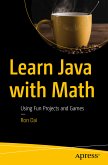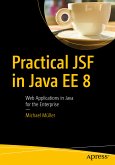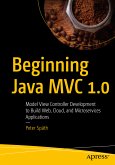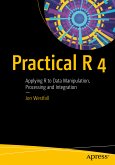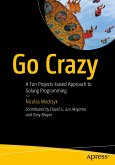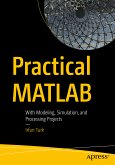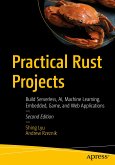Discover the art and science of solving artificial intelligence problems with Python using optimization modeling. This book covers the practical creation and analysis of mathematical algebraic models such as linear continuous models, non-obviously linear continuous models,
and pure linear integer models. Rather than focus on theory, Practical Python AI Projects, the product of the author's decades of industry teaching and consulting, stresses the model creation aspect; contrasting alternate approaches and practical variations.
Each model is explained thoroughly and written to be executed. The source code from all examples in the book is available, written in Python using Google OR-Tools. It also includes a random problem generator, useful for industry application or study.
You will:
- Build basic Python-based artificial intelligence (AI) applications
- Work with mathematical optimization methods and the Google OR-Tools (Optimization Tools) suite
- Create several types of projects using Python and Google OR-Tools
Dieser Download kann aus rechtlichen Gründen nur mit Rechnungsadresse in A, B, BG, CY, CZ, D, DK, EW, E, FIN, F, GR, HR, H, IRL, I, LT, L, LR, M, NL, PL, P, R, S, SLO, SK ausgeliefert werden.
Hinweis: Dieser Artikel kann nur an eine deutsche Lieferadresse ausgeliefert werden.
Es gelten unsere Allgemeinen Geschäftsbedingungen: www.buecher.de/agb
Impressum
www.buecher.de ist ein Internetauftritt der buecher.de internetstores GmbH
Geschäftsführung: Monica Sawhney | Roland Kölbl | Günter Hilger
Sitz der Gesellschaft: Batheyer Straße 115 - 117, 58099 Hagen
Postanschrift: Bürgermeister-Wegele-Str. 12, 86167 Augsburg
Amtsgericht Hagen HRB 13257
Steuernummer: 321/5800/1497
USt-IdNr: DE450055826
Bitte wählen Sie Ihr Anliegen aus.
Rechnungen
Retourenschein anfordern
Bestellstatus
Storno

